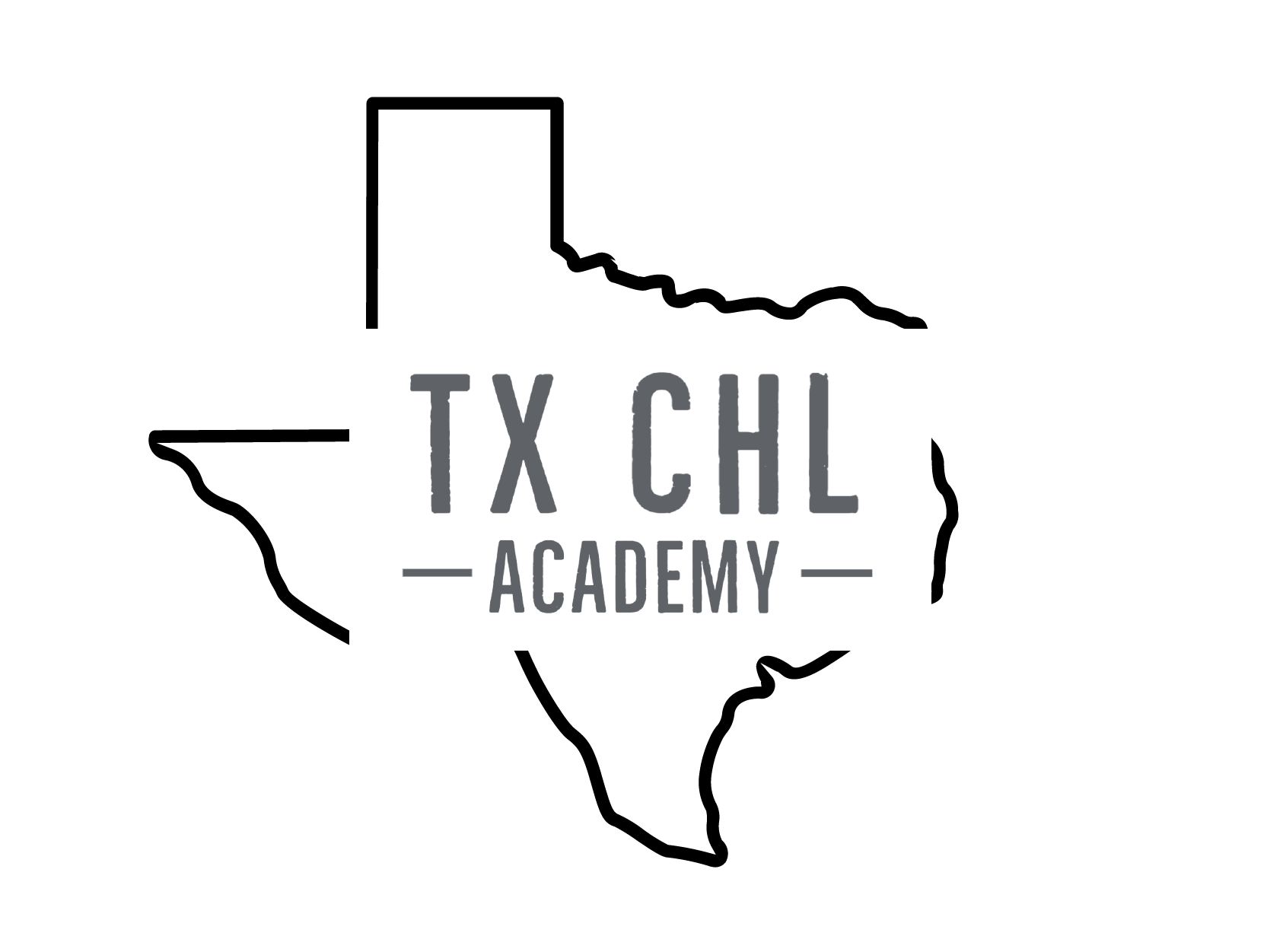A Guide to Concealed Carry Etiquette
Carrying a concealed weapon in public can be a daunting task. Not only do you have to be aware of the laws and regulations around carrying a concealed weapon, but you also have to be aware of the societal norms and etiquette that comes with it. This guide will provide you with the basics of concealed carry etiquette so that you can feel comfortable and confident when carrying your weapon.
1. Understand Your Local Laws and Regulations: Before carrying a concealed firearm, it is important to understand the laws and regulations in your state and jurisdiction. Make sure you familiarize yourself with the applicable laws and regulations to ensure that you are carrying your firearm legally and responsibly.
2. Be Respectful of Others: When carrying a concealed firearm, it is important to remember that not everyone may be comfortable around firearms. Be respectful of the opinions of others and be mindful of your environment when carrying.
3. Be Discreet: Concealed carry is meant to be discreet. Whenever possible, try to avoid drawing attention to yourself and your firearm. Carry your firearm in a manner that is comfortable and secure, and avoid any unnecessary movement or display of your firearm.
4. Use Good Judgment: Remember that you are responsible for your actions when carrying a concealed firearm. Always use good judgment and common sense when carrying and be aware of your surroundings. Understand the potential consequences of using your firearm and never use it in a way that is reckless or irresponsible.
5. Practice Safe Storage: When not carrying your firearm, it is important to store it safely and securely. Make sure that your firearm is out of reach of children and that it is stored in a secured and locked container.
6. Stay Informed: As laws and regulations change, it is important to stay informed about the latest information regarding concealed carry laws. Taking a concealed carry course and attending seminars or workshops can help you stay up to date on the latest information.
Carrying a concealed weapon can be a tricky and intimidating task, but hopefully this guide has given you the basic knowledge to feel comfortable and confident when carrying your weapon. Remember to always check your local laws and regulations, be respectful of the people around you, and always practice proper safety protocols. With the right knowledge and practice, you can safely carry your concealed weapon in public.
I hope this blog post has given you a better idea of the benefits of joining TX CHL Academy. With our comprehensive courses and convenient online platform, TX CHL Academy is the perfect place for anyone interested in taking their shooting skills to the next level. Visit txchlacademy.com today to learn more about our courses and get started on the journey to become your own protector!
